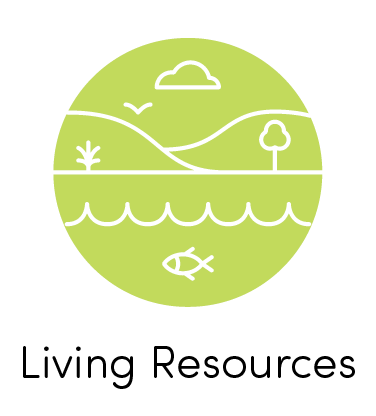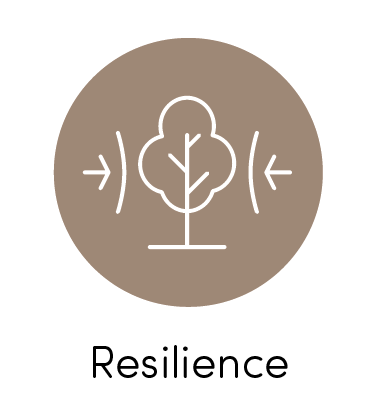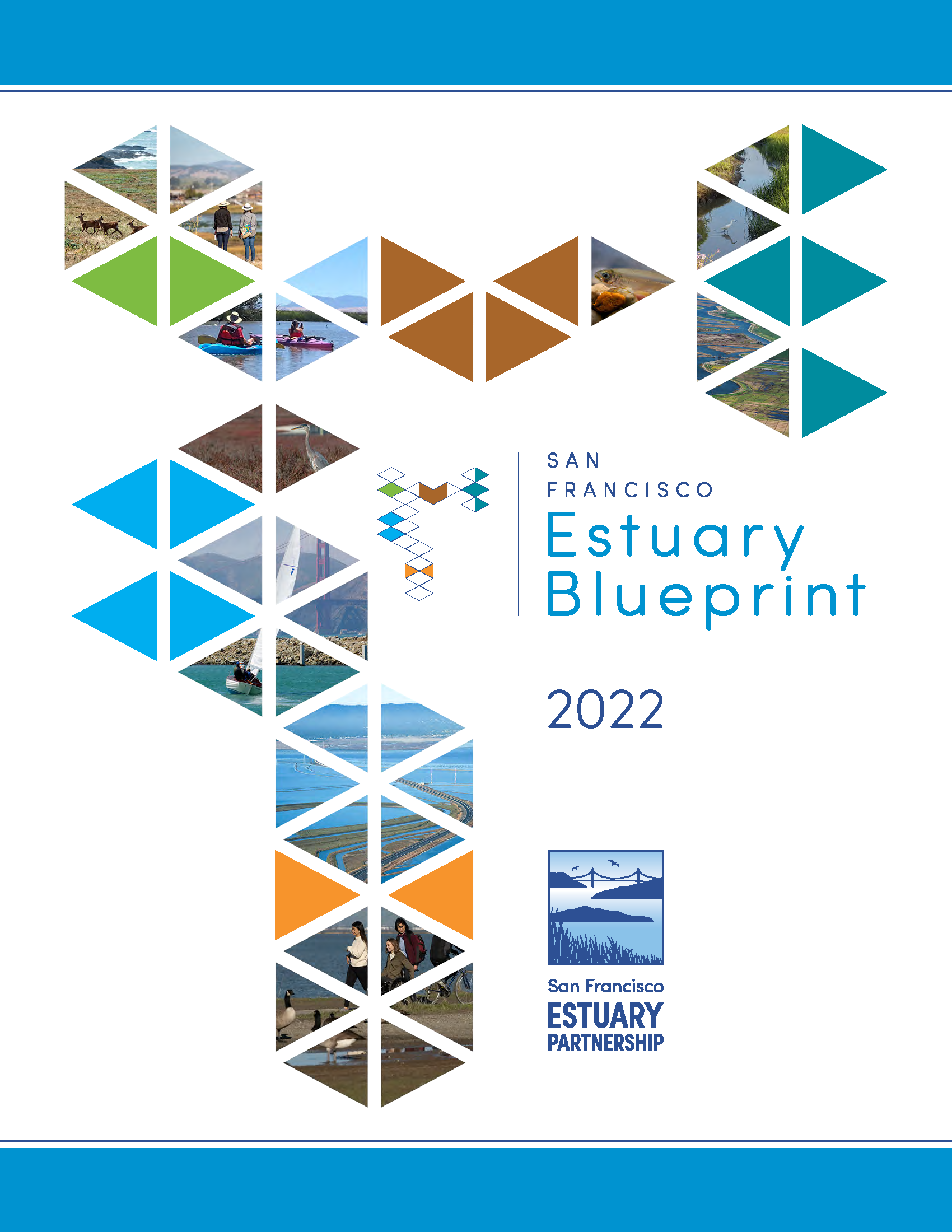Action 13: Seasonal Wetlands
← Back to Estuary Blueprint Actions
Protect, restore, and enhance seasonal wetlands.
Protect, restore, and enhance non-tidal seasonal wetlands outside of historical tidal areas, including vernal pool complexes, using conservation easements and related protection tools, restoration, and improved grazing management practices.
Overview
Seasonal wetlands can be found upland and are called “seasonal” because they periodically flood or fill with rain, runoff, or groundwater during winter rains. Their salinities lie on a spectrum of salty to fresh, since many seasonal wetlands may be former tidal marshes that have been closed off from tidal action by dikes and levees. Seasonal wetlands also provide habitat for large numbers of waterfowl and shorebirds during migratory periods and support rare and endangered plants and invertebrates.
Task Description
Protect non-tidal seasonal wetlands including vernal pool complexes using conservation easements or other protection tools.Task Lead(s)
San Francisco Bay Joint VentureTask Collaborating Partner(s)
Natural Resources Conservation Service, Resource Conservation Districts, San Francisco Bay National Estuarine Research ReserveCost Estimate Key
|
Cost Estimate
$$$Milestone(s)
At least 1,500 acres of seasonal wetlands protected in the Bay region.Task Description
Restore non-tidal seasonal wetlands, including vernal pool complexes.Task Lead(s)
Delta Stewardship Council, San Francisco Bay Joint VentureTask Collaborating Partner(s)
Natural Resources Conservation Service, Resource Conservation Districts, San Francisco Bay National Estuarine Research ReserveCost Estimate Key
|
Cost Estimate
$$$$Milestone(s)
At least 800 acres of seasonal wetlands restored in the Bay region and 3,200 acres in the Delta region.Task Description
Advance best practices for grazing management to protect natural seasonal wetlands and enhance habitat value of stock ponds.Task Lead(s)
Natural Resources Conservation Service, Resource Conservation DistrictsTask Collaborating Partner(s)
San Francisco Bay Joint Venture, San Francisco Bay National Estuarine Research Reserve, San Francisco Estuary PartnershipCost Estimate Key
|
Cost Estimate
$Milestone(s)
Four workshops around the region for landowners.Task Description
Task Lead(s)
Task Collaborating Partner(s)
Cost Estimate Key
|
Cost Estimate
Milestone(s)
Task Description
Task Lead(s)
Task Collaborating Partner(s)
Cost Estimate Key
|
Cost Estimate
Milestone(s)
Task Description
Task Lead(s)
Task Collaborating Partner(s)
Cost Estimate Key
|
Cost Estimate
Milestone(s)
Task Description
Task Lead(s)
Task Collaborating Partner(s)
Cost Estimate Key
|
Cost Estimate
Milestone(s)
Task Description
Task Lead(s)
Task Collaborating Partner(s)
Cost Estimate Key
|
Cost Estimate
Milestone(s)
Updates and Emerging Issues
Since 2016, this Action’s Tasks have been expanded to cover seasonal wetlands more generally: not just vernal pool complexes. Also, this Action’s protection and restoration Tasks are now aligned with the goals of The Conservation Lands Network 2.0 Report and San Francisco Bay Joint Venture. Looking ahead to the next Estuary Blueprint revision, this Action is expected to explore more opportunities to partner with landowners around grazing management and forest management best practices.
Climate Change Considerations
Climate change will bring more extreme and unpredictable weather to the region. Extended dry periods and prolonged or extreme flooding may result in the increased precariousness of seasonal wetlands.
Equity Considerations
Like other habitat-oriented Actions, projects to restore seasonal wetlands should engage Tribes and frontline communities in planning and implementation. Tasks under the Climate Resilience and Equity Actions address this need.
Blueprint Goals


Connections to Other Actions
Watershed connections provide unique habitat and ecosystem services closely related to or dependent upon:
Action 8: Wetland Monitoring
Action 9: Intertidal / Subtidal Habitats
Action 10: Tidal Marsh
Action 11: Transition Zones
Action 14: Creeks
